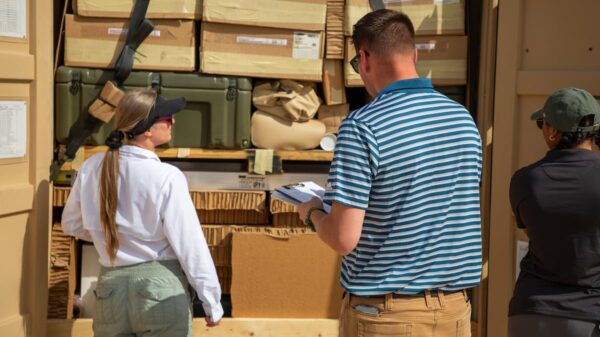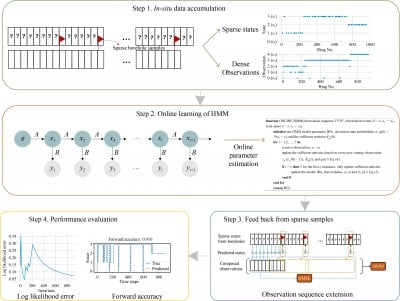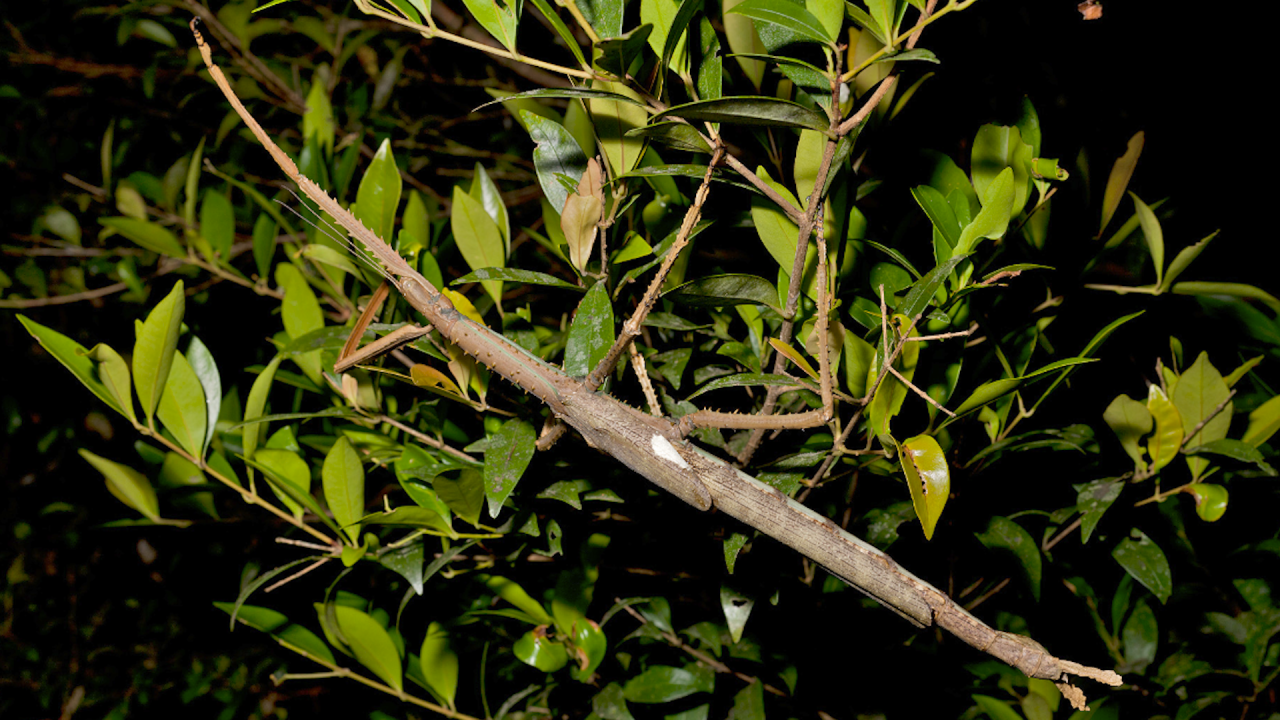A team of scientists in Australia has identified a new species of giant stick insect named Acrophylla alta. This remarkable discovery took place in the tropical forests of northeastern Australia. Measuring nearly 40 cm in length and weighing 44 grams, it has the potential to be the heaviest insect ever recorded in the country.
The identification of Acrophylla alta adds to the rich biodiversity found within Australia’s ecosystems. Stick insects, known for their remarkable camouflage abilities, often blend seamlessly into their surroundings, which can make them challenging to study. The research team, led by entomologists, conducted extensive fieldwork to uncover this species, demonstrating the ongoing need for exploration and study of Australia’s unique fauna.
Significance of the Discovery
The discovery of Acrophylla alta is significant not only because of its size but also due to its implications for understanding insect evolution and biodiversity. As scientists continue to explore remote areas, they often find new species that can provide insights into environmental changes and ecosystem health. This new giant stick insect highlights the importance of conservation efforts in preserving habitats that are home to such unique wildlife.
The research was published in a peer-reviewed journal, emphasizing the rigorous scientific methods employed by the team. According to the lead researcher, Dr. Jane Smith, “This new species exemplifies the hidden treasures of Australia’s rainforests, reminding us of the importance of protecting these ecosystems.” The team’s findings contribute to a growing body of knowledge regarding the diversity of stick insects and their ecological roles.
Future Research Directions
As scientists study Acrophylla alta, they are also interested in understanding its behavior, diet, and reproductive habits. Such information is crucial for assessing the species’ vulnerability and its role within the ecosystem. Researchers are particularly focused on monitoring the impacts of climate change and habitat loss on such species, which often rely on specific environmental conditions for survival.
The discovery of this giant stick insect serves as a call to action for conservationists and policymakers. Protecting the habitats where these insects thrive is essential for maintaining biodiversity. Efforts must be made to ensure that future generations can appreciate and study these fascinating creatures.
In summary, the identification of Acrophylla alta not only enriches the scientific community’s understanding of Australia’s biodiversity but also underscores the critical need for conservation initiatives. As exploration continues, further discoveries await, potentially reshaping our understanding of the natural world.


































































